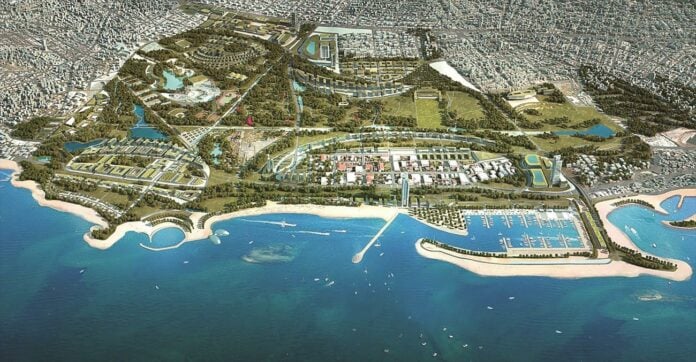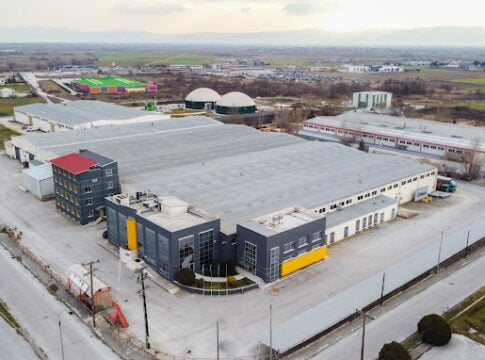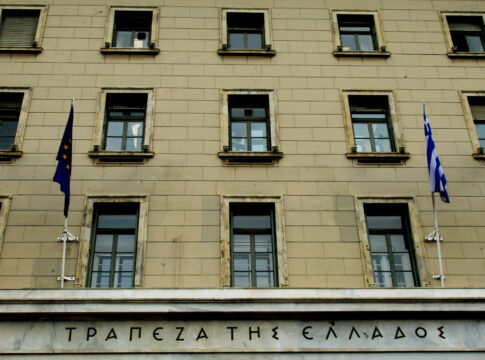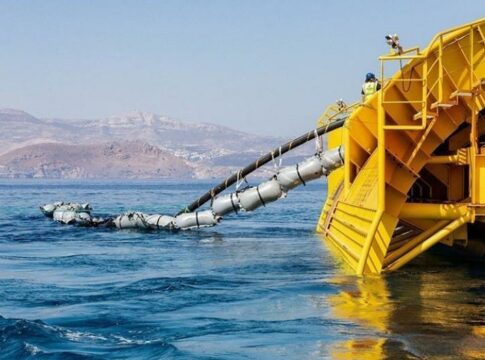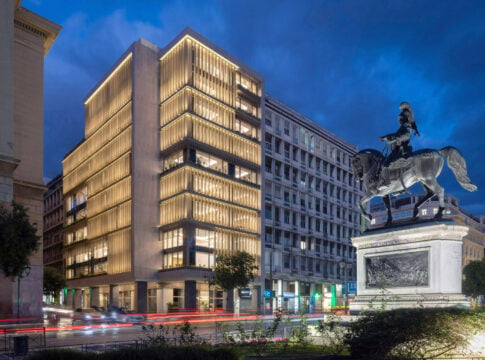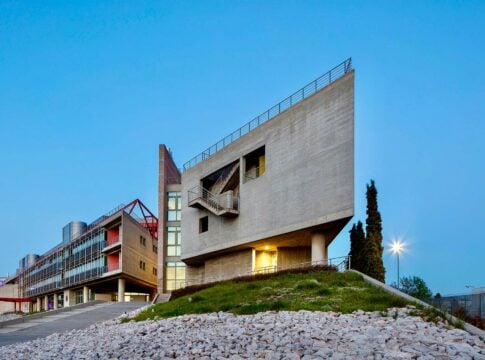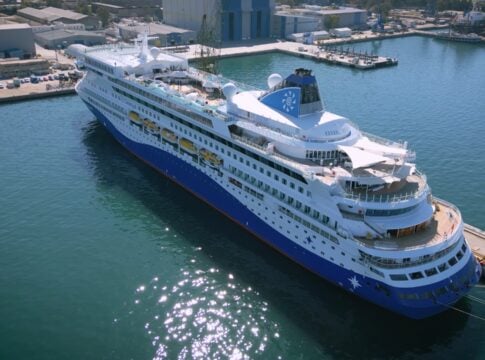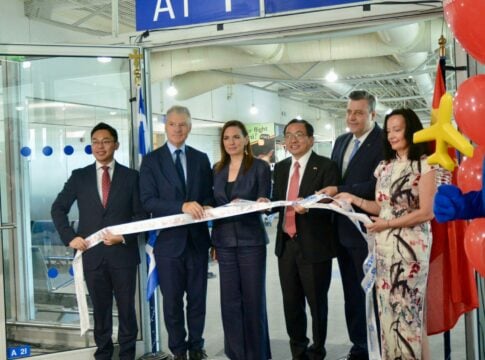By T. Igoumenidi
[email protected]
ATHEX-listed Lamda Development has unveiled an expression of interest process for would-be investors to build and exploit two out of the six planned high-rise buildings at the Helleniko site in coastal southeast Athens, billed as one of biggest land development projects in Europe.
Speaking during an extraordinary general assembly of shareholders on Tuesday, Lamda Development CEO Odysseas Athanasiou said Deloitte and Savills have been selected as the lead consultants in the process, which will conclude in the first half of 2021.
The timetable for completion is 15 months after the finalization of contracts.
At the same time, Lamda Development has concluded an agreement with the Temes group, advertised at 300 million euros, for the construction and management of two luxury hotels at the coastal site, along with an upscale residential complex. The agreement was reached during direct talks between the two sides. Temes manages the Costa Navarino resort in extreme southwest Greece, considered as among the best all-inclusive holiday complexes in the country.
Lamda has secured the concession to erect six 200-meter towers at the site.
Helleniko hosted the Athens airport for decades, but has mostly remained abandoned and in disrepair for roughly two decades, except for a brief spell during the 2004 Olympic Games, when Helleniko hosted a handful of pre-fab sports venues.
In addressing shareholders, via an online format, Athanasiou repeated his prediction that a transfer of Hellenikon S.A. shares – the public holding company – by the state to Lamda will be completed in the first part of 2021.
He also estimated that actual construction at the massive 620-hectare site – the center-piece of what’s being promoted as the Athenian Riviera – will begin in late 2021 or early 2022.
The iconic privatization and seven-billion-euros land development project has been beset by years of delay, mostly caused by numerous legal challenges at every level, virulent political opposition by some quarters, foot-dragging by the previous Tsipras government and even ministries and bureaucrats’ futile attempts to consider a portion of the site as potential “reforested land”, tracts with possible “archaeological interest” and even designating old hangers and auxiliary airport facilities as “modern architectural monuments”.
All of the legal challenges and bureaucratic obstacles have been overcome, one by one.


